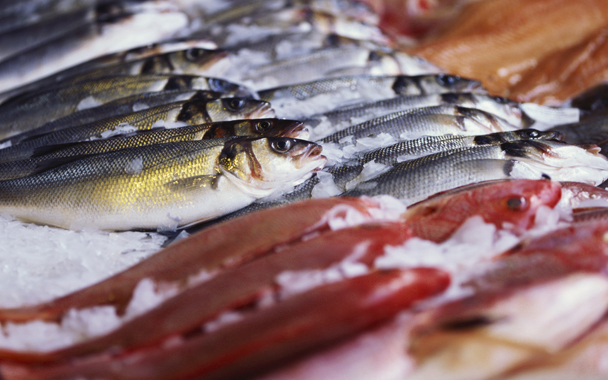My first dubious encounter with Pacific red snapper came when I assigned a writer to go out to his local supermarket, purchase a piece of fish, and then trace it backward through the supply chain to the exact day and place of its capture.
Like most good freelancers, he knew how to get the most out of a magazine expense account. It was a particularly cold winter. He lived in the middle of Iowa. So he bought a fillet of red snapper—a species found in the Gulf of Mexico and the Caribbean. No doubt he had visions of sitting under a palm wiggling his toes in warm sand while waiting for local fisherfolk to return with the morning’s catch.
Instead, he found himself on a trawler buffeted by wind and driving rain somewhere off the coast of Oregon. His purchase turned out to be Pacific rockfish (the trade name of which is Pacific red snapper) deliberately mislabeled as true red snapper.
That was in the 1990s, but when it comes to fishy labeling, things haven’t changed, and Pacific red snapper is once again at the center of a classic case of bait and switch. In a recent post on Chow’s Food Media blog, Nicholas Day links to an article in the current issue of Conservation magazine that discusses a research project conducted by Stanford University students who bought 77 fillets of Pacific red snapper and submitted them for DNA testing. Fully 60 percent of the fillets were from other species—everything from wild ocean perch to farmed freshwater tilapia.
(Day’s post also succinctly links to news stories about several other recent faux-fish exposés, including Marion Burros’ New York Times column showing that seven out of eight supposedly wild salmon bought at seafood counters in the city were in fact farmed, and the homework project by two Manhattan high school students showing that one quarter of the sushi they bought in New York was mislabeled.)
The effects of false labeling go beyond consumer fraud. At a time when concerned cooks are trying to avoid unsustainably harvested fish, devious fishmongers are selling threatened species under the names of those that are faring well. For instance, while hook-and-line-caught (not trawled) Pacific red snapper is deemed a good choice by Seafood Watch, over half of the samples tested by the Stanford students came from species that were listed by government authorities as overfished.
Technically, mislabeling any food product is illegal, but with seafood, enforcement of the law is both difficult and lax. One problem is that fish is imported into this country from all over the world. Beheaded, skinned, and filleted, its identity can change at any point in the distribution system, so the real culprit is hard to pin down.
What to do? If you are unable to look the whole fish in the eye to make a positive identification, the only way to be certain you’re getting what the label says is to look for the logo of the Marine Stewardship Council (MSC). Although the organization concerns itself with assessing which fisheries are sustainable and well managed, part of earning MSC certification requires that chain-of-custody records be maintained from catch through final sale, assuring that what came out of the water as, say, a perch, is still called a perch when you put it in your grocery cart.
Sustainable and The Real McCoy. Nowadays, that’s about as close as you’re going to get to having your fish and eating it, too.




 Pinterest
Pinterest


